DAY 5 - Friday - 13. 10. 2017.
Today all the photos are motivational.... I was in a vulcanooo...wooohooooo........
Today was an amazing day. I took an excursion to the most amazing places on the island.
First we visited ALGAR DO CARVAO. Algar do Carvão is the only vulcan on earth that you can enter this deep (90m) and see the chimney and magma chambers without being cooked alive. What stands out as unique in the world is the stalactites and stalagmites formed by amorphous silica – Alvar do Carvão actually has the biggest concentration in one place.
Danas smo posjetili ugasli vulkan Algar do Carvão . To je jedini vulkan na zemlji u koji možete ući na dubinu 90m te vidjeti dimnjak(otvor) i magma otvore bez da vas skuha na živo :) . Ono što je jedinstvo u cijelom svijetu su stalaktiti i stalagmiti koji su formirani od amorfnog silicijevog dioksida - ovdje se nalazi njihova najveća koncentracija na jednom mjestu. Unutra izgleda nevjerovatno....ono...wooowww... imali smo vodiča koji nam je objsnio sve znanstvene činjenice koje slijede.
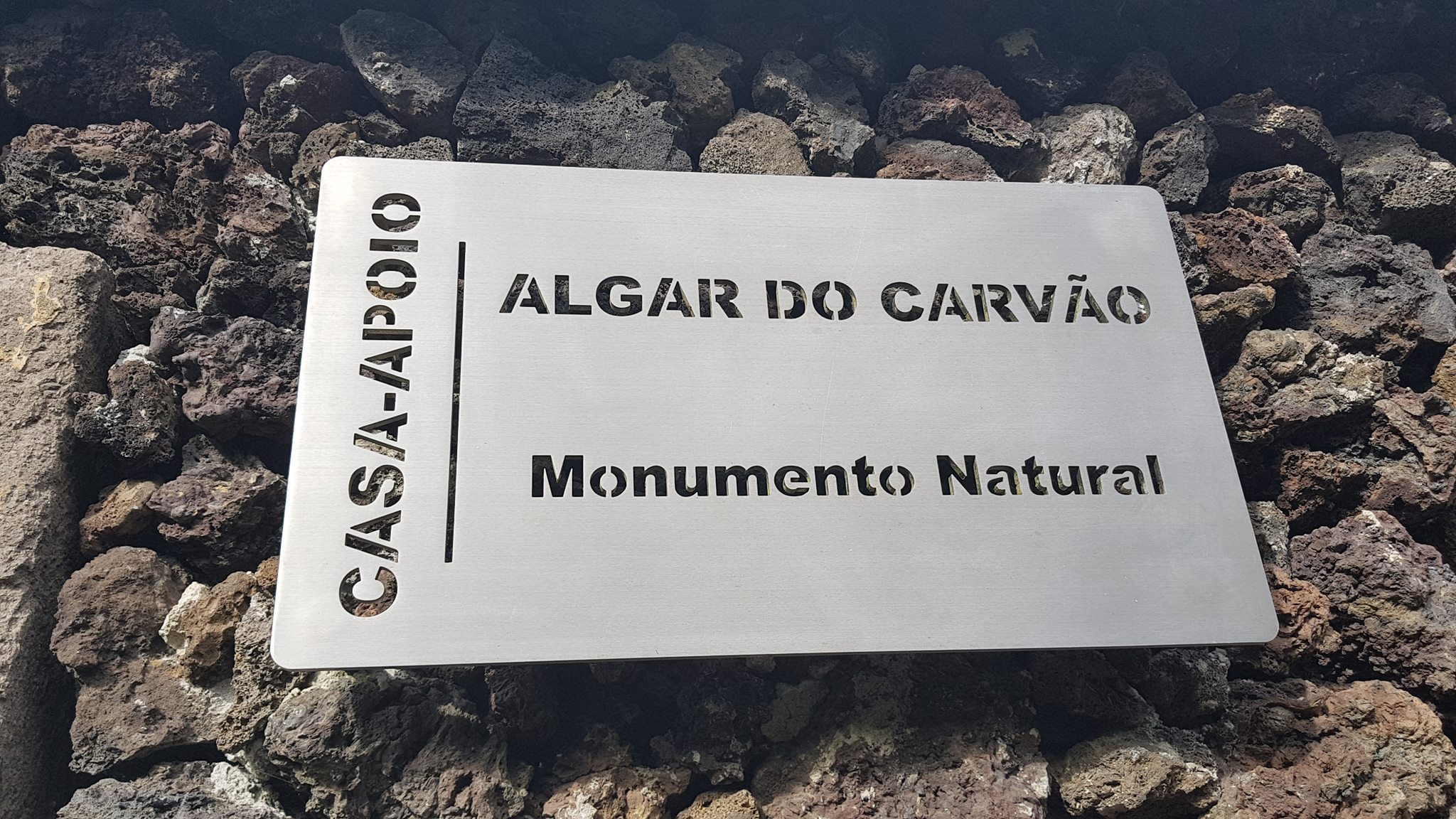
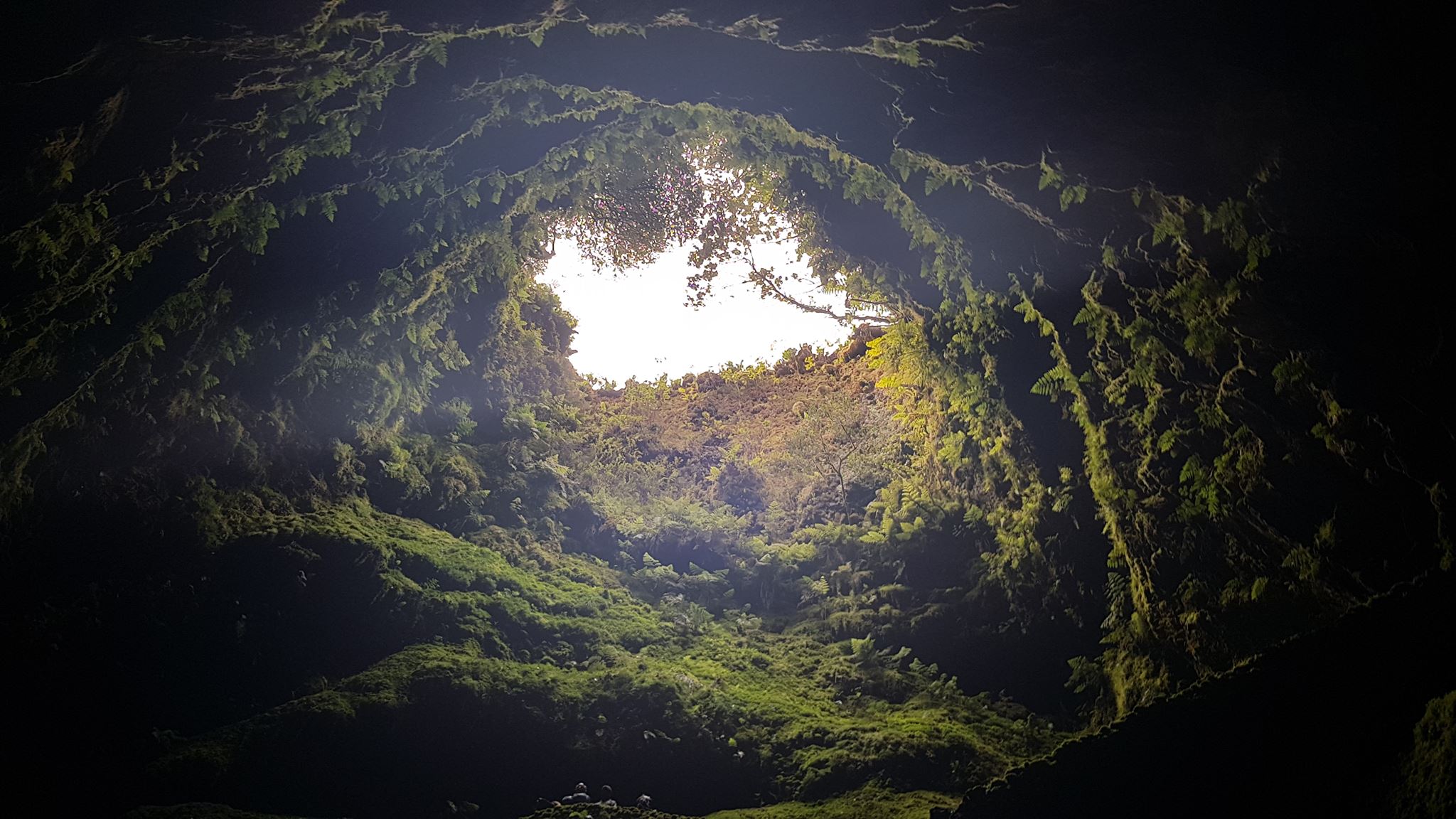
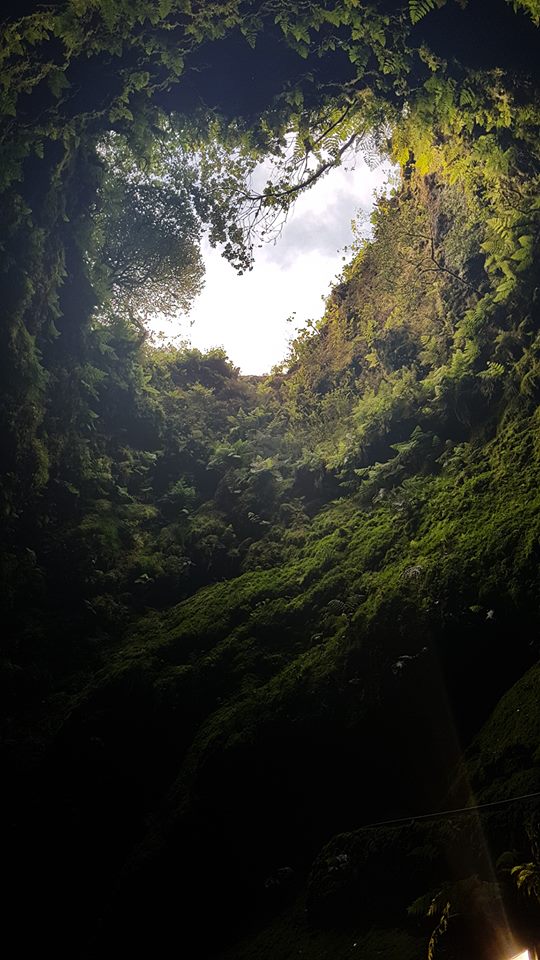
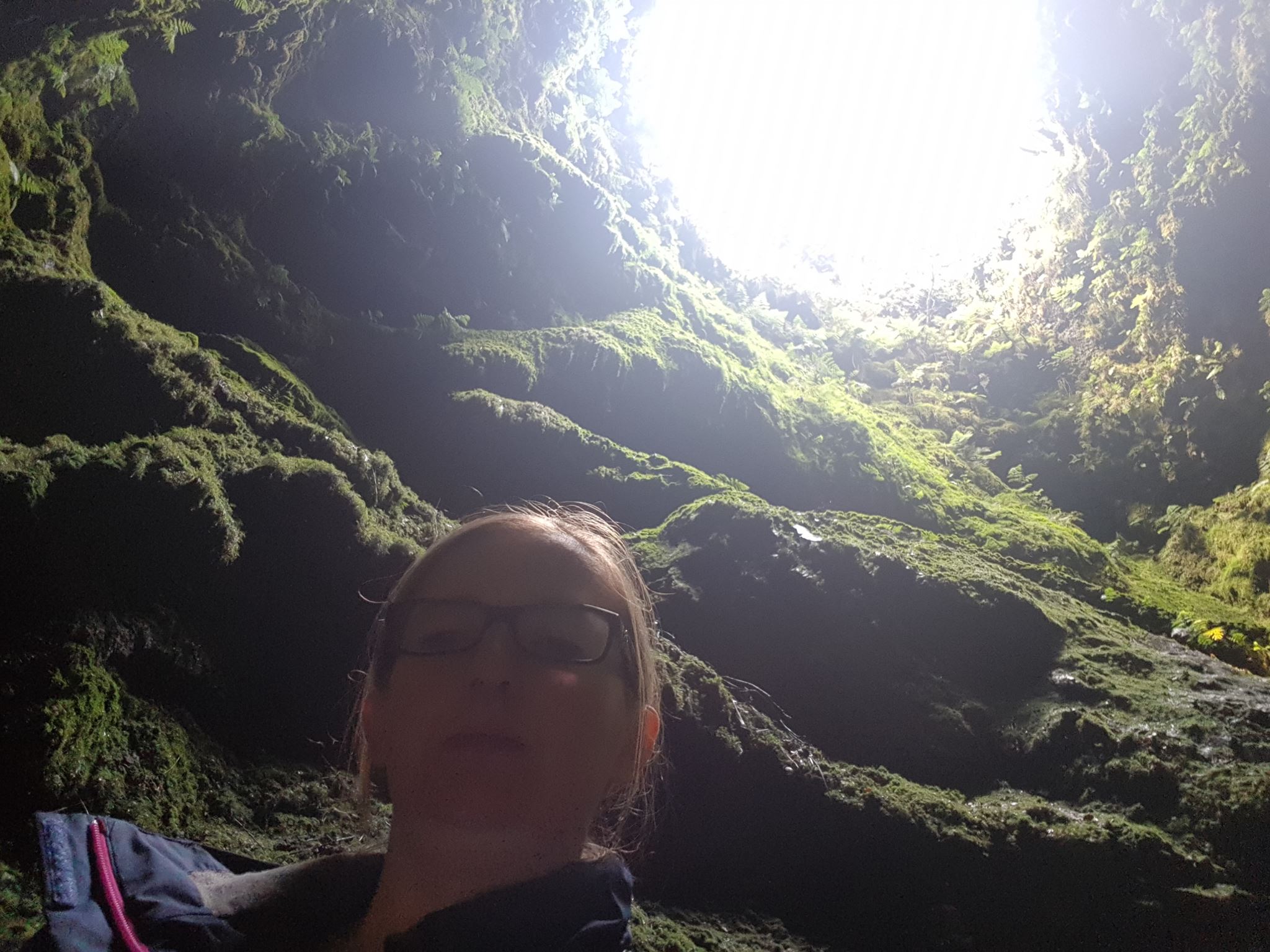
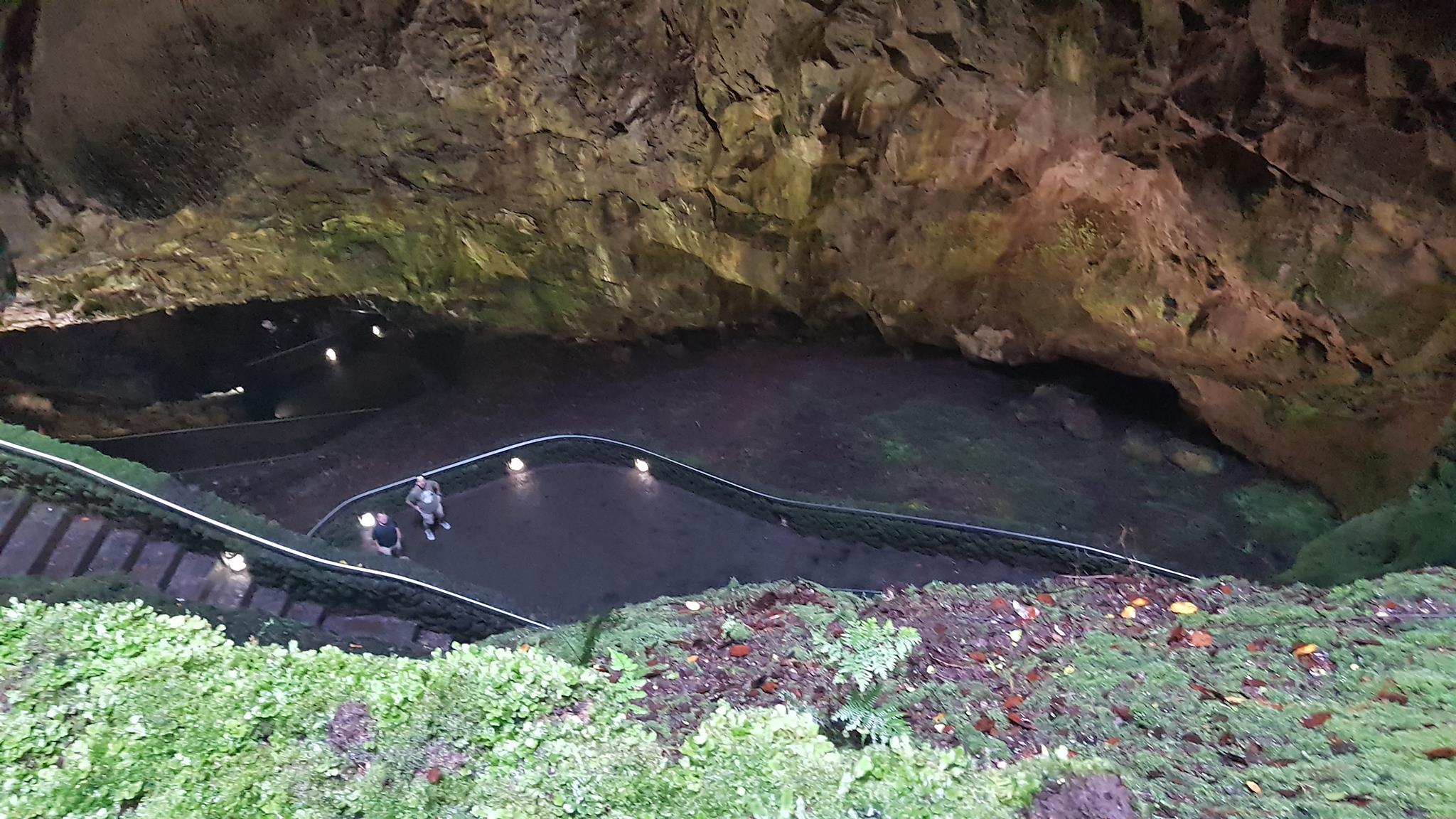
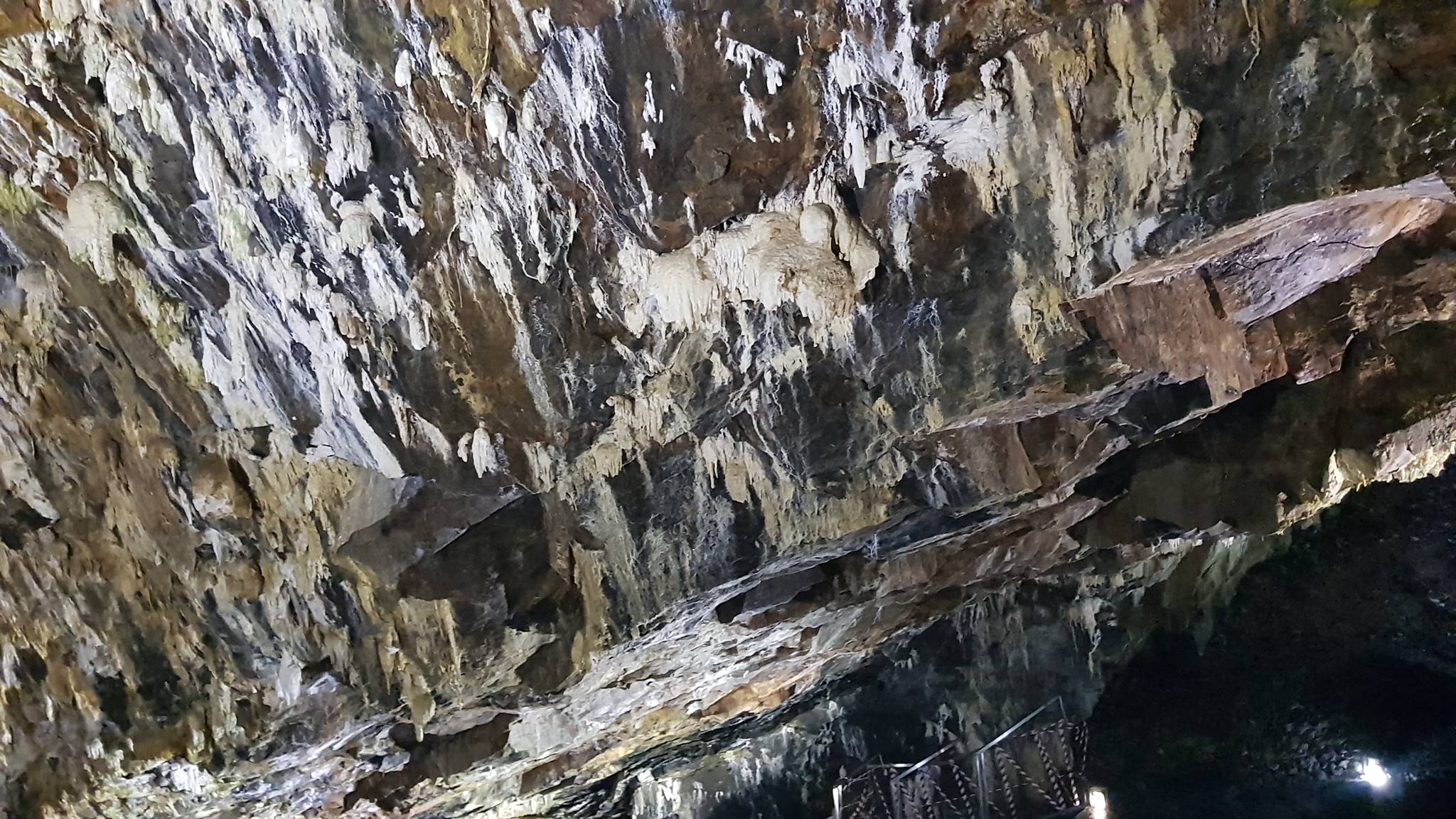
Very few places in the world allow you to explore and go inside a volcano. One of these places is the Algar do Carvão, located in the Azorean island of Terceira. The name Algar do Carvão means “coal pit” because the cave walls are formed from dark black lava.
To enter you go down the volcano chimney that is lava free today, uncommon in most volcanoes, and a tunnel and staircases offer access to the caves below. At the bottom there is a crystal clear lake formed by rainwater, with unique stalactites and stalagmites.
The Algar do Carvão is, in fact, one of the few volcanoes in the world you can visit and the only one in which visitors can explore a volcanic chimney and secondary magma chambers. The volcanic eruption that took place at Algar do Carvão 3,200 years ago originated into volcanic rock highly rich in silica. Then, a second eruption, 2,000 years ago happened in the same place but with basaltic lava that formed several magmatic chambers.
Na svijetu postoji vrlo malo lokacija koje vam dopuštaju ulazak u vulkan. Jedno od tih mjesta je ovdje na otoku Terceira u sklopu otočja Azori. Ime Algar do Carvão znači “ ugljana rupa ” jer su njeni zidovi formirani od crne tamne lave.
Da biste ušli u vulkan prolazite kroz vulkanski dimnjak(ili kako bi to već naši geolozi preveli) u kojem više nema lave (naravno :)) te se stepenicama spuštate u donje komore i spilje. Na samom dnu nalazi se kristalno čisto jezero kišnice s jedinstvenim stalaktitima i stalagmitima.
Algar do Carvão je jedan od rijetkih vulkana u svijetu koji možete posjetiti. U njemu je vulkanska erupcija koja se dogodila prije 3200 godina formirala vulkansko kamenje bogato silicijevim dioksidom te druga erupcija bazaltnom lavom prije 2000 god je formirala nekoliko magma komora.
GRUTA DO NATAL or "THE CHRISTMAS CAVE"
The “Gruta do Natal” is a lava tube formation with a total lenght of 697 meters and with a maximum height of 12 meters.
Volcanic caves are not a very frequent geologic phenomena though they can be found in several places where magma ascends to the surface, like the Azores, Canary islands, Iceland, Italy, Japan, Kenya and Korea.
The Azores archipelago displays a rich and diversified speleological heritage due to its volcanic nature and the presence of basaltic lava flows.
“Gruta do Natal” is a cijevasta formacija nastala od prolaska lave ukupne duljine 697 metara s maksimalnom visinom od 12 metara.
Vulkanske spilje nisu česti geološki fenomen iako se mogu naći na nekoliko lokacija gdje je magma izašla do površine kao na Azorskom i Kanarskom otočju, Islandu, Italiji, Japanu, Kenyi i Koreji.
Azori posjeduju bogatu i raznoliku speleološku povijesti čiji su uzrok vulkanske erupcije i slijev bazaltne lave.
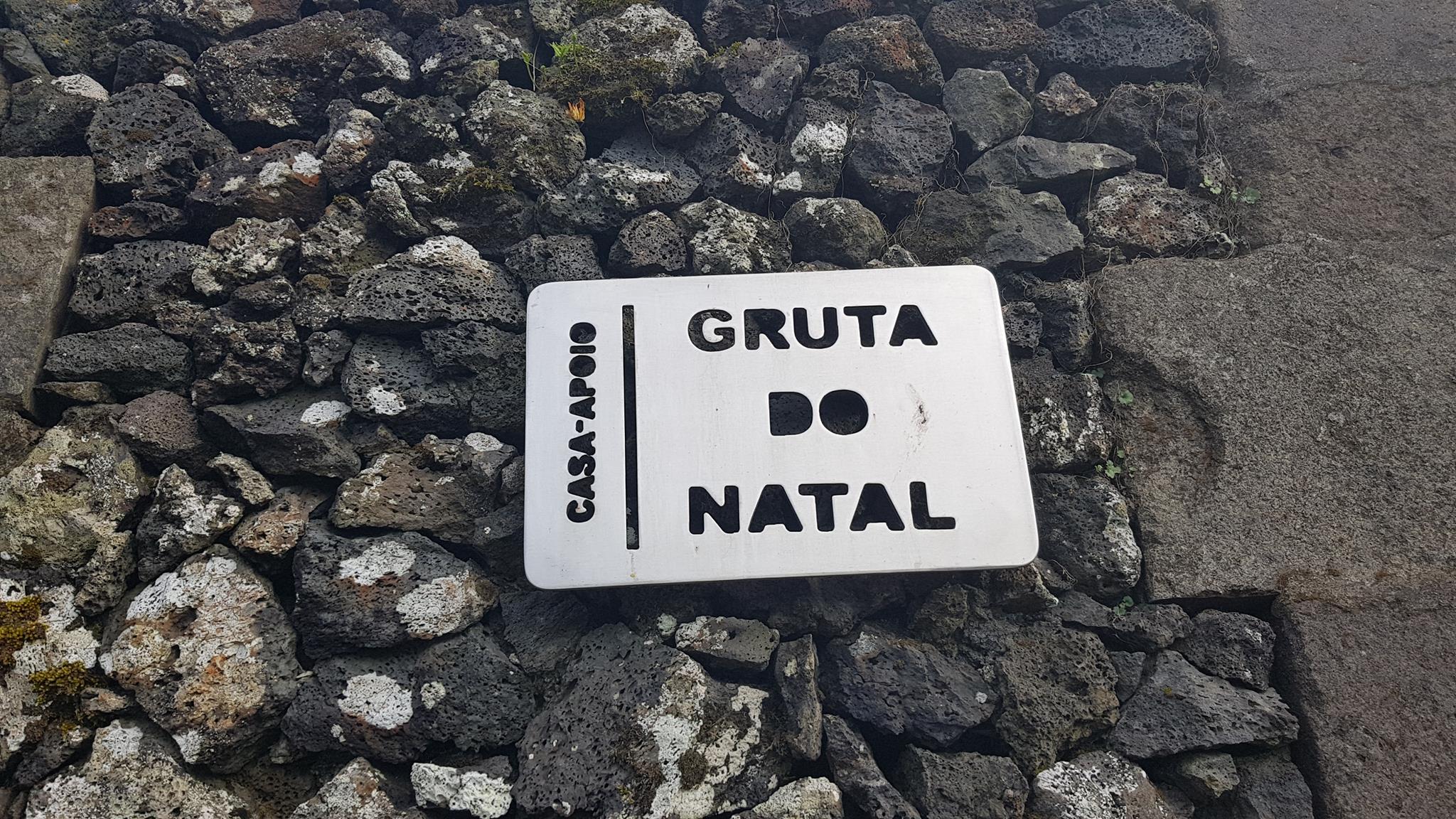
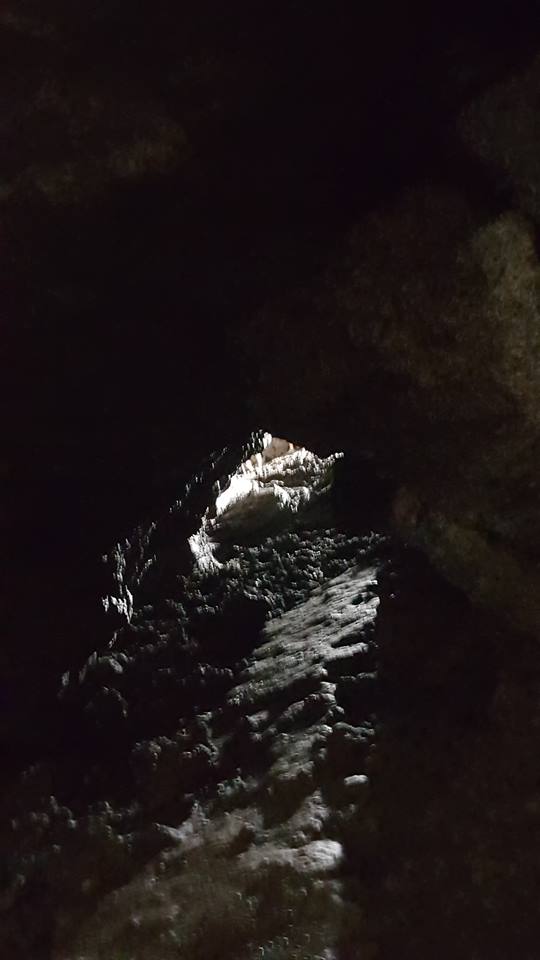
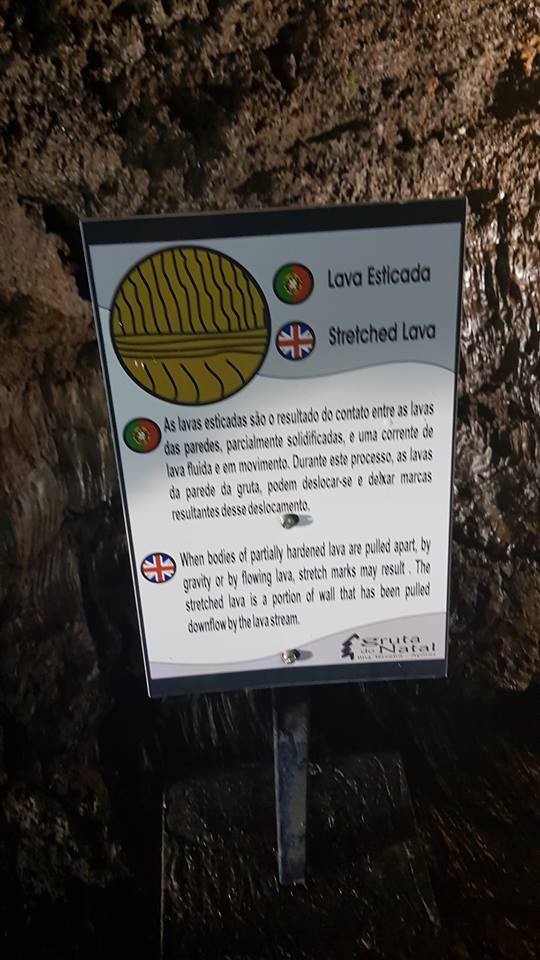
Lava tubes like Gruta do Natal can be simply explained: a lava flow moves down the slope, the cooling of its superficial and lateral zones (in contact with the air and surrounding rock formations) occurs and a crust is formed, nevertheless, underneath it hot lava continues to flow. After that, due to a decrease in the volcano´s emission rate the lava level inside the tube lowers gradually, forming, thus, a cavity under the already solidified superficial crust. When the volcanic eruption ends a lava tube is formed and later some ceiling collapses tend to occur originating skylights. Over time there is also the colonization by plants on the lava fields particularly near the cave entrances.
Cijevaste lava komore kao Gruta do Natal imaju jednostavno objašnjenje: lava silazi polako niz nagib, hladi se u dodiru s okolnim zrkom i formacijama stijena te se stvara kora, međutim ispod kore užarena lava i dalje teče. Poslije, nakon što vulkanska aktivnost oslabi i količina lave u cijevima se smanjuje, te stvara cijevi (otvore) unutar kore. Kada erupcija vulkana završi ostaje nam cijev lave koja se na nekim mjestima zna urušiti te nastaje otvor. Tijekom vremena biljke počinju rasti na poljima lave te posebno na otvorima u spilje.
*some of the text taken from: http://www.azores-adventures.com, www.geocaching.com